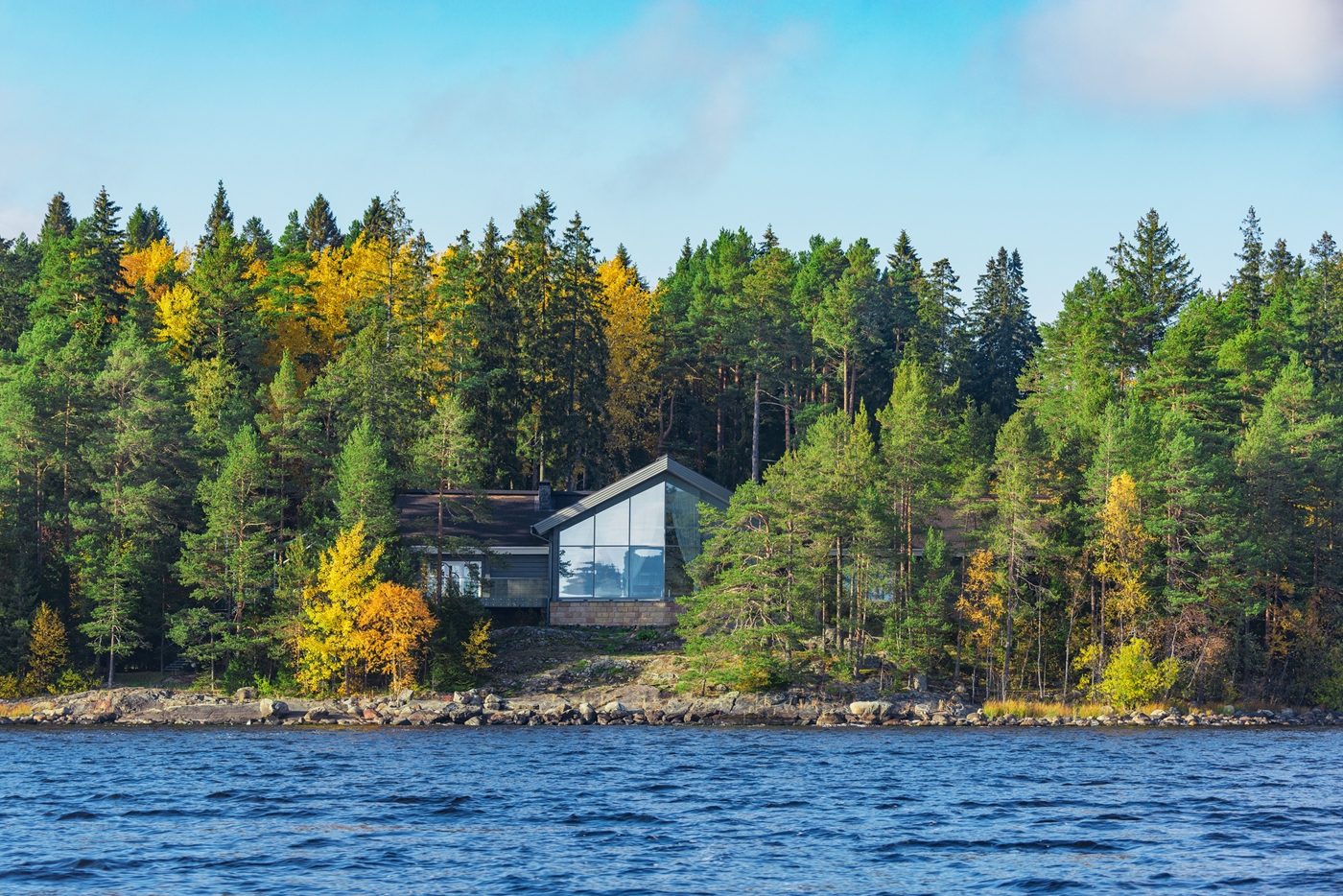

Median home prices in the country’s recreational housing markets are forecast to rise 5% in 2024 as demand grows for scarce listings.
That’s the latest forecast from real estate firm Royal LePage, which expects the average price of a single-family home in the country’s recreational market to rise to $678,930.
This follows an average 1% year-over-year price decline for single-family recreational homes in 2023 and an 11.7% decline in 2022 as the Bank of Canada started hiking interest rates to combat soaring inflation. Still, figures show prices remain 59% above pre-pandemic levels.
However, Royal LePage president and CEO Phil Soper says there’s a change in the air, and that “demand has been building quietly on the sidelines.”
With Bank of Canada interest rate reductions anticipated later this year, more buyers are expected to pull the trigger on their purchase this year.
“Inflation reared its ugly head, interest rates soared and the economic downturn that followed pushed cottage, cabin and chalet prices off those pandemic peaks, yet the fundamental demand for recreational living has not abated,” Soper noted.
“We believe that this market segment will see a resurgence of activity in 2024. Our regional experts tell us that buyer interest is steadily ramping up as the spring market approaches,” he added.
Similar to the broader housing market, the recreational property sector is seeing demand far outstrip available supply.
Royal LePage notes that while demand has eased from the record levels experienced during the pandemic, many markets are reporting critically low inventory levels.
In a survey of real estate professionals, 41% reported less inventory compared to last year, while another 33% say recreational property stock is unchanged.
At the same time, 64% are reporting similar or greater demand for recreational properties compared to last year.
That demand is only expected to intensify over the course of the year, particularly once the Bank of Canada starts to deliver its first rate cuts.
Buyers of recreational property aren’t typically as impacted by interest rates compared to those who purchase principal residences, though Royal LePage notes that 78% of recreational property buyers still obtain financing for their purchase.
As a result, 62% of the real estate professionals surveyed expect demand to pick up once interest rates start falling, while 21% expect demand to “increase significantly.”
Although the median price growth for recreational properties nationwide is projected at 5%, this figure masks considerable variation across different property types and regions.
Ontario is expected to see the biggest average price increase in 2024, with prices forecast to rise 8% to an average of $613,100. That’s followed by British Columbia (+5%; $1,140,825) and Atlantic Canada (+4.5%; $288,002).
Price gains are expected to be weaker in Quebec (+2%; $404,838) and the Prairies (+0.5%; $286,928).
Despite overall weakness in 2023, condominiums in Atlantic Canada’s recreational property market bucked the trend by posting the highest year-over-year median price gain of 16.9%.
Single-family recreational home prices also saw some dramatic year-over-year swings in specific markets in 2023. Those included: